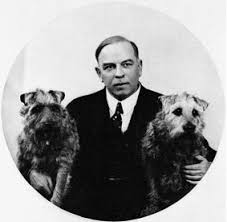IMDb meta-data is run time of 1 hour and 22 minutes, rated 5.4 by 144 cinematizens.
Genre: Bio-pic and Disappointment
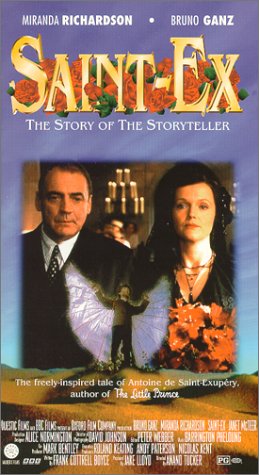
Verdict: Read the books.
Antoine Marie Jean-Baptiste Roger, comte de Saint-Exupéry (1900-1944), just wanted to fly, and fly he did. In 1908 he saw his first airplane and seldom had eyes for anything else after that.
Bruno Ganz plays Saint Ex, as he was called even by his sisters. He had a vexed relationship with Consuelo and that is the focus of this film where she is played by Miranda Richardson as a selfish, manipulative, petulant woman with no interest or activities of her own part from making him miserable. Blame the screen writer.
Ganz and Richardson were enough to capture my interest, plus the prospect of some flying sequences. But alas, the actors have little to do, though they try their best to make the most of it, and the flying sequences. Well, what flying sequences? We had a better flying sequence against a green matte in Amsterdam once making a tourist video. What we see here is clumsy, patently fake, and all too much like a school play.
Moreover the story dwells on ‘The Little Prince’ from go to whoa as his alter ego, though in fact he tossed that off in a few weeks while travelling the United States to raise money for Free France. It was not a lifetime preoccupation as implied here.
By concentrating on ‘Le Petit Prince,’ the story elides and ignores most of his career as a world travelling aviator, international journalist, and published novelist. Occasionally some passages from his elegiac prose are narrated, and that is the best part of the film because it communicates a feeling for the sky, the wind, the earth below, and the eternity of the stars. But alas, there is too little of that.
Try ‘Southern Mail’ (1929), ‘Night Flight’ (1931), ‘Wind, Sand, and Stars’ (1939), and ‘Flight to Arras’ (1942).
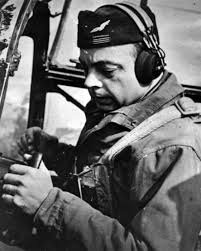 This is the last photograph of Saint Ex.
This is the last photograph of Saint Ex.
It has Ganz declare in the last scene that he is a ‘fighter pilot.’ Not so, he flew reconnaissance and the Lockheed P-38 he had was unarmed, despite appearances in this movie, to make it lighter for distance and speed. It was also a notoriously difficult plane to fly even for pilots trained in its peculiarities with youthful reflexes, unlike the forty-four year old St Ex. Did he have a self-destructive streak? Perhaps.
The archival interviews with people who knew him are informative, though at the end when the credits roll the camera work on some of them is demeaning and gratuitous. Really!
There are no linked critics and no user reviews on IMDb. Never before have the opinionators failed to fill a vacuum on the IMDb. However, all was not lost because the entry on Amazon for the DVD is accompanied by some idiotic comments, including one that has Saint Ex dying to prevent Charles De Gaulle from making France socialist. Don’t believe me. Look for yourself. It restored my faith in the endurance and proliferation of human idiocy.
Month: November 2018
20 November
1875 Henry James published ‘Roderick Hudson,’ his first novel. Not read this one, but have read The ‘Ambassadors,’ ‘The American,’ ‘The Bostonians,’ ‘The Princess Casamassima,’ ‘The Turn of the Screw,’ and ‘Washington Square.’ A master of fine detail but ever so orotund. What I remember is the dedication of the hall in ‘The Bostonians,’ the door opening (where there is no door) in ‘The Turn of the Screw,’ and a gentleman who is sitting down (when he should be standing) in ‘The Ambassadors.’

1914 US State Department required photographs on passports as shown below. I look like my picture. Gulp! Somewhere — lost to me now — Georg Hegel recommended pictures to go with travel papers in the 1820s.
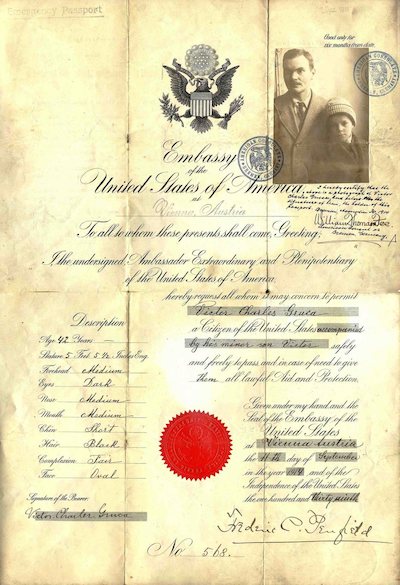
1923 Garrett Morgan patented the three-position traffic signal with buffer between stop and go, making the transition safer. He was the child of two former slaves. This butter evolved into the amber light, which in some jurisdictions follows the red, and in others the green. In both cases it means ‘sped up!’
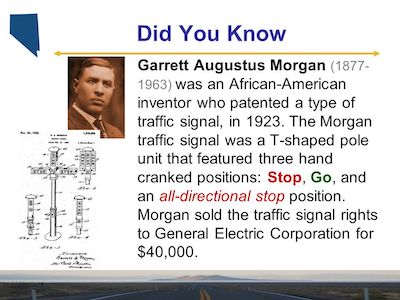
1945 Nuremberg Trials began with 24 individuals.
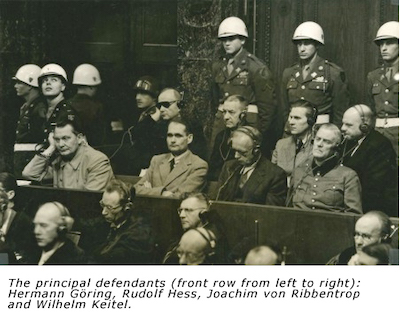
1985 Windows 1.0 was released two years late, and has continued in that manner. I left the PC world about ten years ago for the Mac World and will not go back.
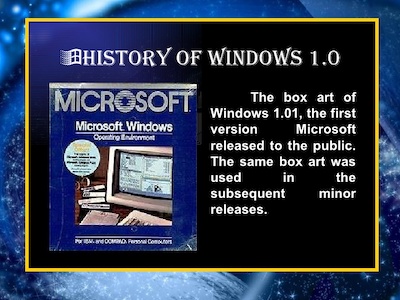
19 November
1805 Lewis and Clarke reached the Pacific Ocean, having started in Washington D.C., and using Pittsburgh as the base camp.

1863 Sixteenth President Abraham Lincoln delivered 272 words at Gettysburg, Pennsylvania. Here’s a fun exercise time-wasters. Imagine how Faux News would bastardise this speech today.
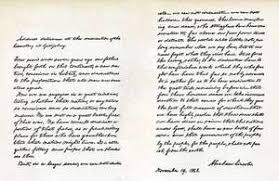
1872 Edmund Barbour of Boston patented the first adding machine capable of printing totals and subtotals. One of his early model is pictured.

1903 Carrie Nation attempted to address the Senate on demon rum from the visitor’s gallery. Earlier she had tried to corner President Theodore Roosevelt in the White House but he was too fast for her. She was 6 feet tall and led numerous hatchetations in which saloons were destroyed from Kentucky, Kansas, to Texas and back.
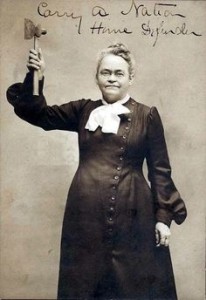
1926 At the Imperial Conference in London the Balfour Declaration proclaimed Britain and its dominions to have equal constitutional status. In led to the 1931 Statue of Westminster which made it official that the dominions were sovereign.
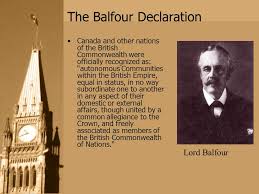
18 November
When What
1477 William Caxton published the first printed book in England, Earl Rivers’s ‘Sayings of the Philosophers.’ Books, we have read a few.
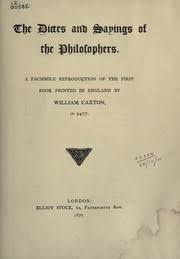
1838 Scottish businessman and chairman of the South Australian Company, George Fife Angas, sponsored twenty-one German Lutherans who arrived in South Australia. More followed in short order. Some settled in Hahndorf which we visited in August 2018.
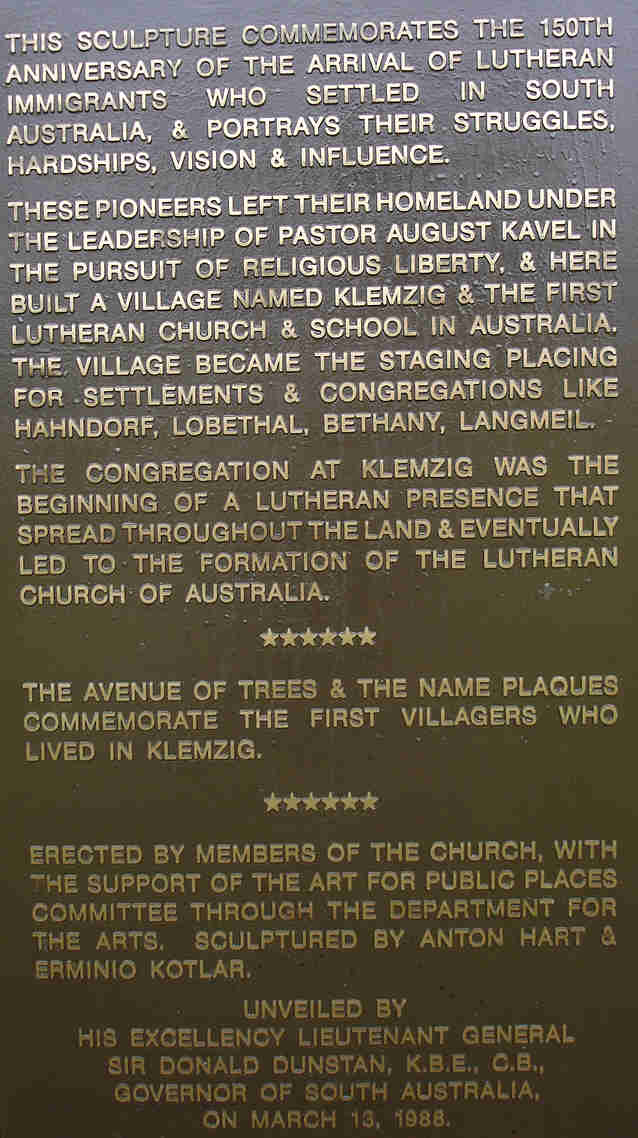
1865 Mark Twain published his first story, ‘The Celebrated Jumping Frog of Calaveras County.’ Read it in high school.

1883 At noon American and Canadian railroads begin using four continental time zones to end the confusion of dealing with thousands of local times. US Congress enacted time zones in 1918. It ended the distinction between town time and railroad time in thousands of places. See Jo Barnett’s ‘Times Pendulum’ (1999) tells some of this story. I found the book unfocussed and did not discuss it on the blog.
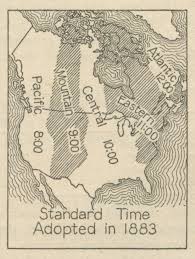
1963 Bell Telephone in the US began to market push button telephones to replace rotary dial phones. The charm of the pulse dial was lost, replaced by tone. No doubt Luddites mourned its passing.
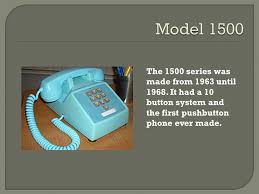
‘The Hideous Sun Demon’ (1958)
IMDb runtime is 1 interminable hour and 14 elastic minutes that stretched and stretched, rated a generous 3.9 by 980 spaced out viewers.
Genre: Sy Fy, Boredom
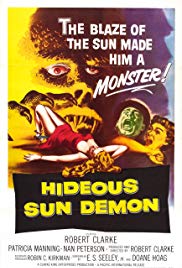
Verdict: Why did I do it?
Robert Clarke’s allergy to shirts continues in this exercise. Playing (off camera) with atoms he exposes himself (see reference previously to no-shirt) to radiation and is rushed (ever so slowly) to a hospital where he seems….. like Robert Clarke, i.e., shirt on, shirt off.
It is quickly discovered that if he is exposed to sunlight from the big nuclear reactor in the sky (N.B. as soon as Greens figure out it is a nuclear reactor, they will want to close it down), he gets all rubber lizard-suited in the tradition of cheapie Roger Corman movies. He goes all nasty, ripping, tearing, chasing, killing, devouring, all within the Hollywood code. (The only Hollywood monster permitted beyond the code was HUAC.) This is not something he likes but he has no control once he is sun burned. Sort of like the fraternity brothers after the second keg.
The reptilian Clarke is an instance of reverse evolution, explains one doctor (ever so slowly for those taking notes). HE MUST AVOID SUNLIGHT AT ALL COSTS.
Guess what comes next! He gets sunlit and goes all reptilian like a Senate Republican leaders.
Not even the Hollywood police, who have seen it all, they thought, can ignore this. Off they go in a chase that goes on, and on, and on, and on. He is an incompetent runner and they are KeyStone Kops without the laughs.
As entertainment, well,….. The Fast Forward is the viewer’s friend.
Shirtless Clarke was the producer, director, writer, and star, and one critic linked to the IMDb entry says it was filmed in his home for a $5000 (app. $43,000 today). The word is most of the players were friends and family who worked for the absolute minimum. It all shows. It was his first and last effort of this kind.
When Lon Chaney, Jr became the Wolf Man that story and that actor endowed the metamorphosis with pathos, loss, anger, distress, resignation, and confusion. What we have here is bathos. (Look it up.)
The lizard suit is pretty much it. Although the fraternity brothers liked the bar scenes. Typical.
On the IMDB Clarke has a long list of credits (many where the B movie budget did not run to a shirt), including several films discussed elsewhere on this blog: ’The Man from Planet X’ (1951), ’The Astounding She Monster’ (1957), ’The Incredible Petrified World’ (1959), and ‘Beyond the Time Barrier’ (1960). Mostly his later entries are in television, many uncredited.
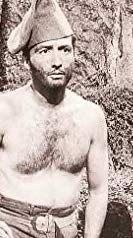
He was movie struck as a boy in Oklahoma and went to California to be discovered. When John Agar was in the tank, Clarke got the nod, it seems.
‘Memento Mori’ (2018) by Ruth Downie
Good Reads meta-data is 432 pages, rated 4.2 by 430 litizens.

Verdict: All hail.
Gaius Petreuis Ruso, Roman legionnaire retired, and his wife Tilla, tribal Britain, are at it again. No, not that. They uproot themselves from the farm in the North of Britain, where Ruso is trying to fit in with the Britains, though he draws the line at tree hugging and singing to carrots, when his old army buddy sends for help. Ruso is only too glad to have an excuse to leave the farm.
Tilla, as usual surprises him, by declaring that she will go along, too, with their infant daughter, nursemaid, hapless slave Eisco, and the exhausted messenger Albanus. This troupe sets off down river, over hill, pass dale, and through mud, through more mud — this is after all England — to arrive at Bath, well it must be but it is not named in the book. Instead of the heroic mercy dash Ruso had imagined, it is a slow plod.
Someone has murdered Serena, buddy Valens’s estranged wife, and he is about to be tried for the crime. He says he is innocent, but Valens has had so little experience in the telling the truth that Ruso is not quite sure whether to believe him. Serena’s father demands justice, and he has lots of large friends who also once served in the legions to back up his call. By the time Ruso and company arrive, Valens is pretty well convicted.
But Ruso never knows when to quit and he asks questions to find that the local priests at the baths squirm this way and that. A trial they do not want. Too public. Too open. But why are they so worried? What are they hiding? How can they hide anything when bathing?
As usual those who know do not say, and those who do not know will not shut up. Sounds like a committee of PhDs at it.
Ruso stumbles around irritating everyone, and exhausting himself. Tilla adds her efforts with little success. There is a large cast of red herrings for each of them to consider. During the consideration we learn a lot about life in Roman Britain, and how holy baths work, including some water engineering. Too bad the British lost the knowledge of bathing when the Romans left.
This is the eighth title in the series and it maintains the standard of excellence. Ruso is so ordinary and Tilla tries so hard. Together they are charming and refreshing compared to the leads in many historical krimis.
‘Salyut 7’ (2017)
IMDb meta-data is runtime 1 hour and 51 minutes, rated 7.2 by 5708 cinematizens.
Genre: Docudrama.

Verdict: Wow!
During the Cold War in 1985 with Ronald Reagan in the White House and Mikhail Gorbachev in the Kremlin, the Soviet space station Salyut 7 (S7) went haywire. During a period when it was unoccupied, S7 lost flight integrity and began to spin on all three axes in a way that threatened a crash on earth. There was no way to control it from the ground.
Time to send in the flyboys. Their mission is to fix it or destroy it. A crash would be terrible but even worse would be a capture of the space station by the irritating and tiresome Americans. If they used a space shuttle with a Canadarm to grab the station, then they would have all the latest Red technology on board, coffee cups, screw drivers, burned out oxygen canisters, pinup pics of Comrade of the month, and so on.
There are the complications, of course. One of the flyboys was grounded but the engineer chosen for the assignment wants him back. Why, we never find out. That he was grounded is the start of the film, and let’s just say it reminded me of something John Glenn once said, and wisely never repeated. But it means that this flyboy is not high on the short list of those trusted. The Ground Control commissar (Cap Con in NASA-speak) has to fend off military and political pressures which mount up.
The two have a deadline to meet, which was set both by the erratic orbit of S7 and the American salvage hunt. To add spice, each has a crisis of sorts in his personal life. Whew, what a lot of competing story lines.
Off they go!

This is one of the arresting visuals as the rocket ship pierces the clouds and leaves earth.
It is the usual management squeeze: they are told to use their initiative but to obey orders. They are told to use their own judgement but wait for directions from Cap-Con. The McKinsey management manual has a Russian edition.
Anyone crazy enough to go on this mission has to be crazy enough to see it through and they do, not always obeying orders and not always waiting for instructions. They see the job and do it.
Nits to pick there are a few. If the Red Tech is so hot how come earlier they let that French astronaut on board and then let him go to work for the Americans. Hasn’t he already told all. Most Frenchmen do. This Frenchie is mentioned early on and then forgotten, though not by this correspondent.
The international irresponsible media makes much of the problem, but all examples of this perfidy we see come from beyond the Soviet sphere. Inside Russia no one knows what is going on or so it seems.
Wow! The special effects are very special. According to the film publicity about twenty minute of screen time came from S7 in space. Fabulous. Another forty minutes came from cosmonaut training. Verisimilitude is high. The travelling mattes for the space photography are glorious. Far too few space film have anything of the grandeur and emptiness of space in them, but this one does.
The gorgeous photography brought to mind ‘Gravity’ (2013) but this film had a story, whereas ‘Gravity’ had only Sandra Bullock taking her clothes off, repeatedly. The fraternity brothers rated is 6 out of 5. (That’s their idea of wit.)
The exploits of the cosmonauts are there, but played in a low key, and the better for it. The emphasis is always on doing the job, and how hard it is with all those laws of physics. This is what has to be done. Do it.
I also like the distribution of heroism between the two flyboys and the Cap-Con on the ground. They each had a role in making it happen. And nothing is soft-soaped.
What is not to like is the role of women. The only woman in action we see is there to be rescued from herself in the opening. Thereafter the only women we see are the wives, who are treated condescendingly by everyone. There is an MD at Ground Control who is constantly ignored and patronised. No doubt realistic, but rankling all the same. Marie Windsor would not have put up with that. See the discussion of ‘Cat-Women of the Moon’ (1953) elsewhere on this blog for edification.
I expect the film is no more realistic than ‘Apollo 13’ but it is great entertainment. But with all those competing storylines something had to give, and some of the elements are lost in the shuffle. It should have been cut to 90 minutes as the laws of physics demand. In this case, the physics of me sitting still and reading subtitles.
17 November for time travellers.
1558 Elizabeth became queen of England at twenty-five and so began the Elizabethan Age.

1869 The Suez Canal opened to shipping traffic. A Pharaonic canal once existed but was lost due to neglect. This canal began in 1854 employing 2.5 million workers, of whom 125,000 died on the job! That is from Wikipedia. Today 14% world trade passes through it, mainly to the states of the Persian Gulf.
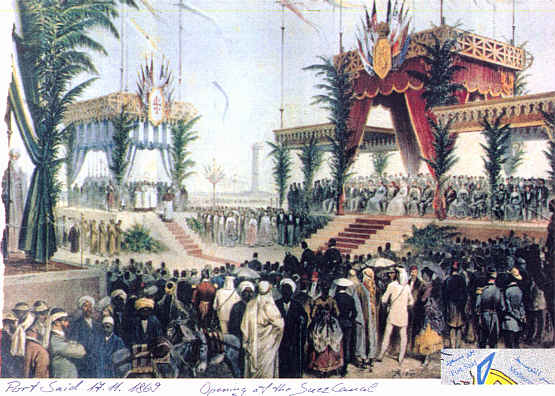
1875 Occult spiritualist Mme Helena Blavatsky founded the American Theosophical Society. Let the table rapping begin! Spiritualism with spectres, table raps, séances, and more became a trope in the popular culture. The harvest of dead in the Great War gave it re-newed impetus.
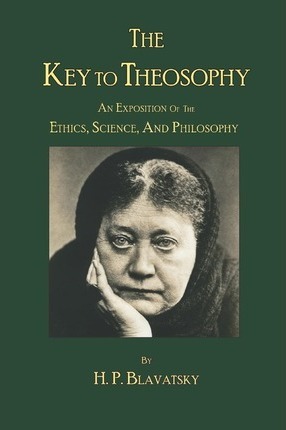
1913 The first ship passed through the Panama Canal from the Atlantic to Pacific Ocean. It was an enormous strategic asset to the United States for three generations. I read McCullough’s book years ago and found it excellent.
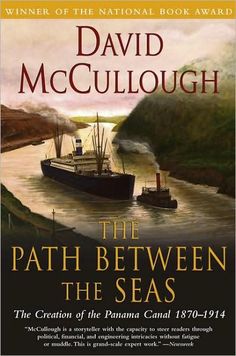
1970 Douglas Engelbart patented the first computer mouse. It was ridiculed and disparaged by the experts. Behold below Mouse Number One.

16 November’s pasts.
534 Justinian declared his code of laws. It codified and simplified Roman law as it stood at the time for the Eastern Empire at Constantinople. Been there and see some of his works.

1821 William Becknell reached Santa Fe on the route that became known as the Santa Fe Trail. Kate’s mother grew up in New Mexico.

1913 Marcel Proust published ‘Swann’s way,’ the first volume of ‘Á recherche du Temps perdue.’ Read most of it.
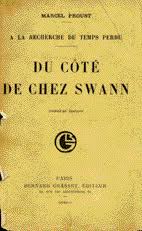
1945 UNESCO founded in Geneva. It has done many good works.

1989 South African government of F. W. de Klerk rescinded the Separate Amenities Act, the first step in dismantling apartheid.

15 November
1791 At Rose Hill in NSW grape vines were planted which survived and started Australian wine cultivation. The site is a race course now and the grapes have gone to the Hunter Valley.

1881 American Federation of Labor was founded in Pittsburg uniting crafts unions for the first time. Samuel Gompers became its president and remained that for twenty years. We have a graduate of Samuel Gompers High School down the street.
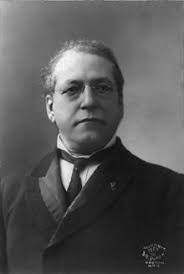
1904 King Gillette patented the Gillette razor blade. Royalty indeed. King was a family name which his parents bestowed on him as a first name. I never use anything else but Gillette.
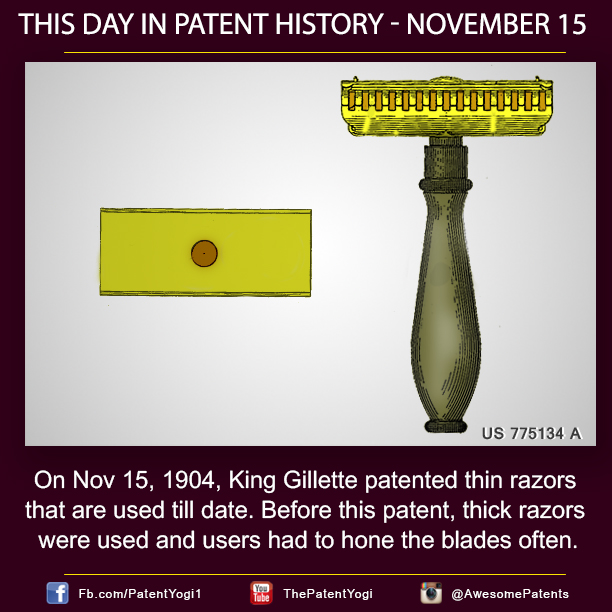
1920 Forty-one nations opened the first League of Nations session in Geneva. Below is the unofficial logo of the League.

1948 Canadian Prime Minister William Lyon Mackenzie King retired after 22 years in office. His anointed successor was Quebecois Louis St-Laurent. King was never without a dog as a familiar. He no doubt occulted his long dead mother, as he frequently did. I meant to type ‘consulted his mother’ but, well, ‘occulted’ fits. His peculiarities are discussed in other posts on this blog. Go for it!
